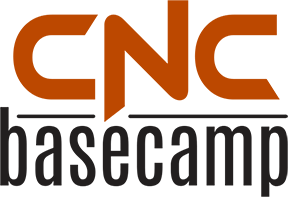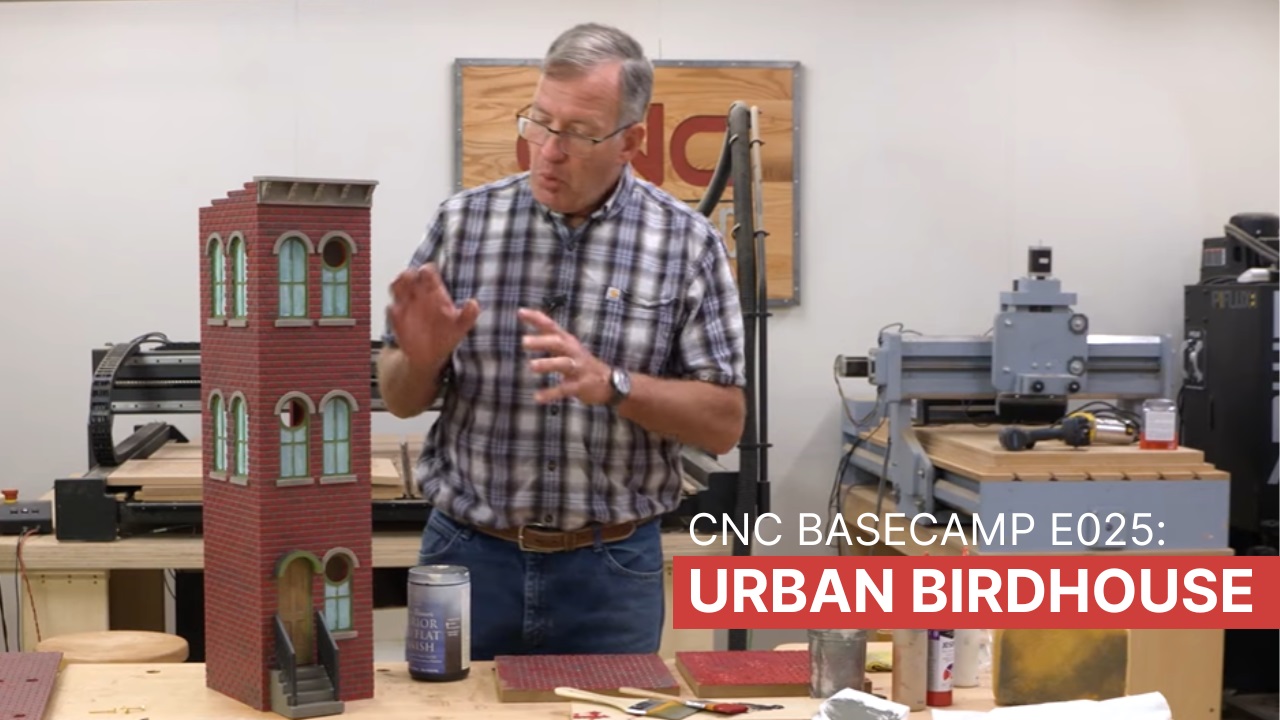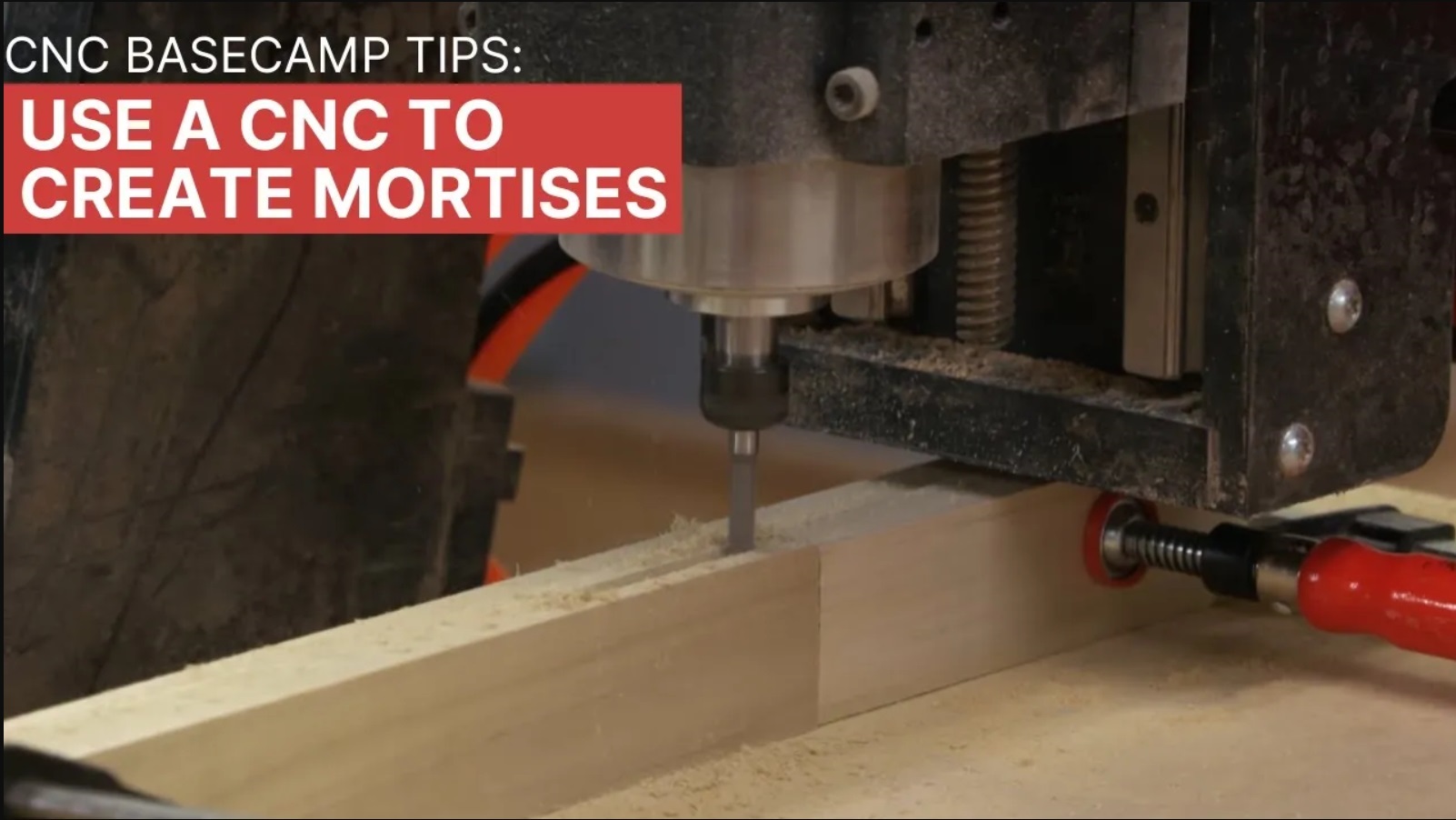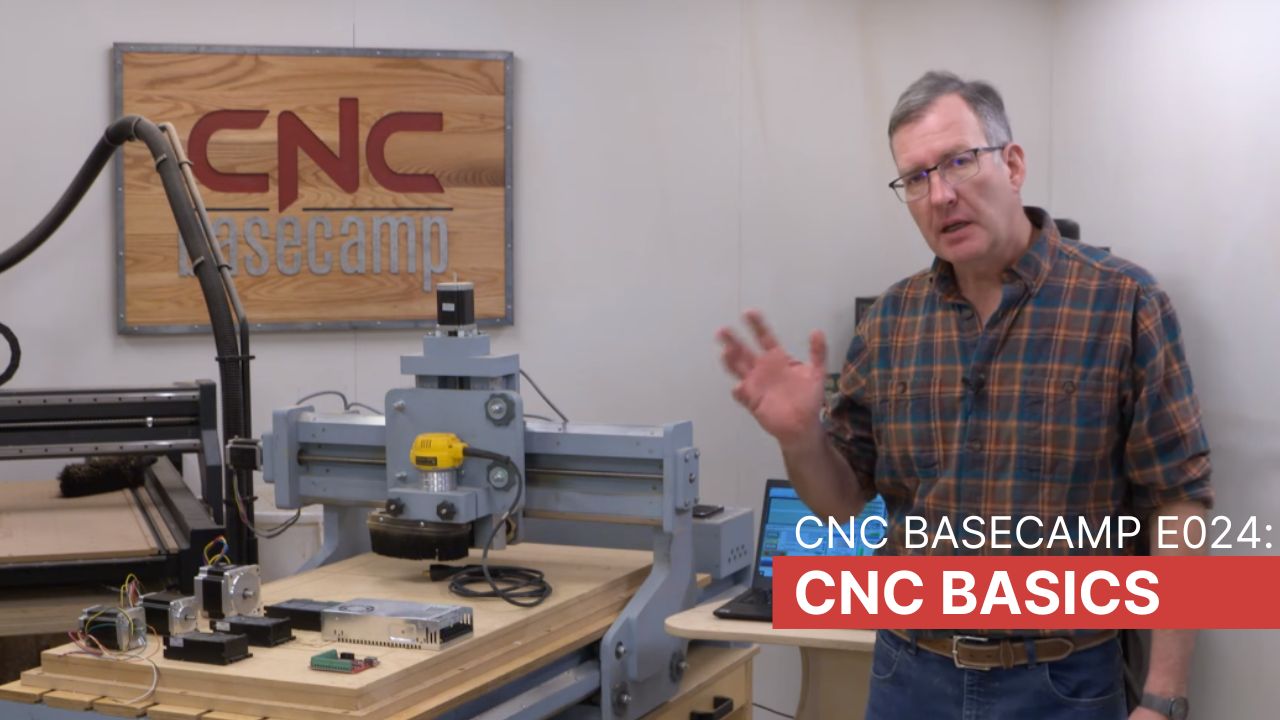The Art Deco vase in this episode of CNC Basecamp was inspired by a beautiful antique vase made in Czechoslovakia in the early 1930’s. The vase had forms that expanded upward and was made in a color of glass described as “Uranium Green, very futuristic, very forward looking, very Art Deco.
When designing a vase or other container for the CNC router it is easiest to think in terms of sides, 3, 4, 5 or more sides to form a vessel. The sides can be highly organic, or geometric, created to flow into one another as individual story boards or simply repeating. I chose to use 4 repeating sides that taper to form an inverted pyramid.
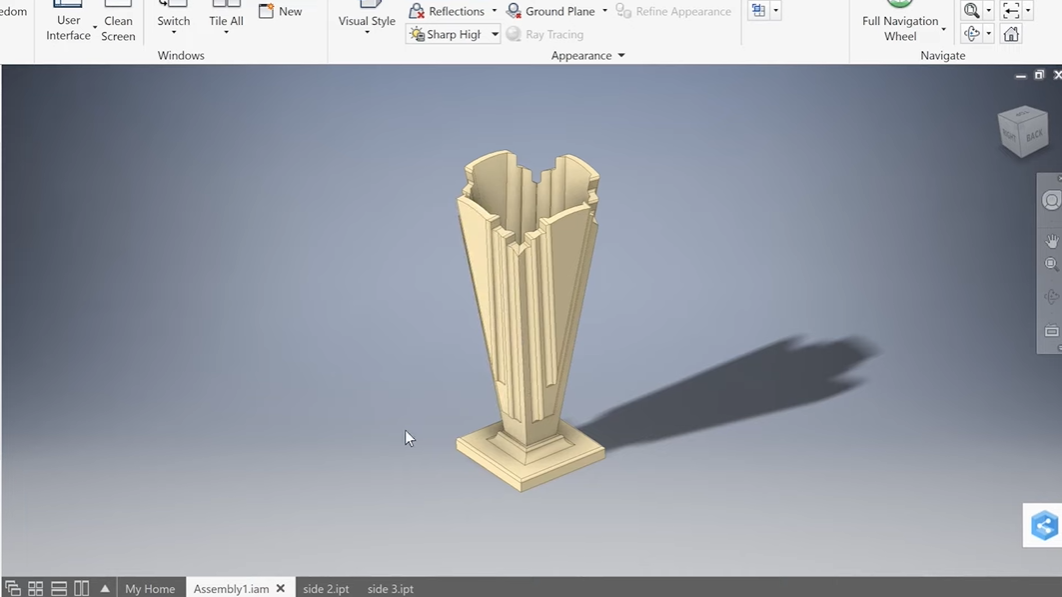
Making the sides began at the computer using a CAD program. Knowing that I would use the table saw to cut tapered miters for the sides I started the modeling process by creating a “board”. I then sketched and extruded a series of over-lapping shapes to build up the exterior of the side with its characteristic Art Deco forms.

One issue that we have working with wood is that it can be a bulky looking material, so I knew that machining out the back of the sides and maintaining an appropriate thickness was important. Fortunately for us most CAD programs have a tool that is nothing short of a design miracle for situations like this – the shell function. The shell function allows you to remove material from a part’s interior creating a specified wall thickness – easy and fast with just a few clicks of the mouse.
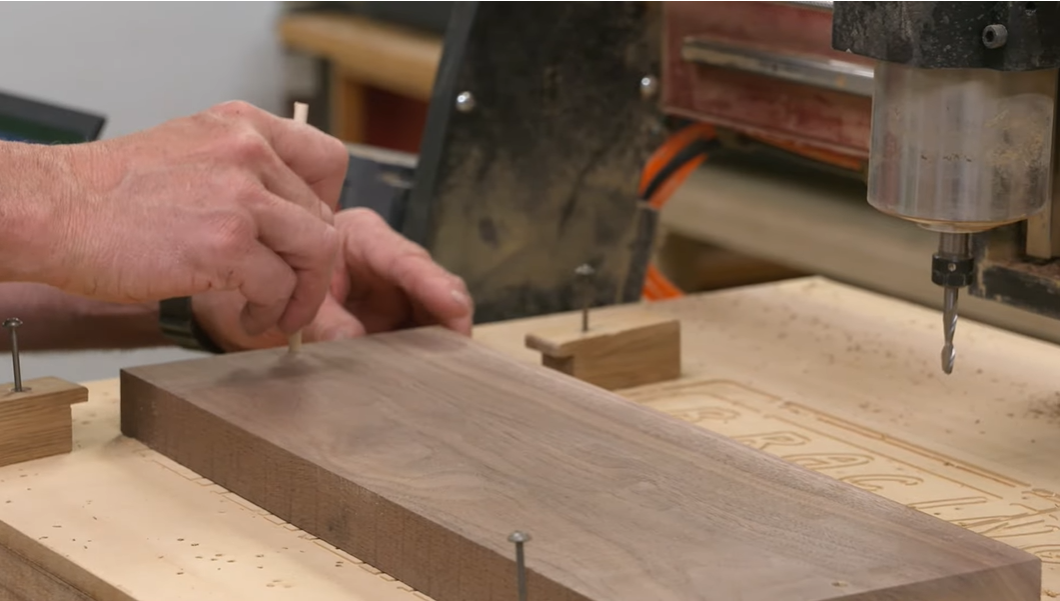
Since the sides are carved on both faces, I added indexing holes at either end of the blank to keep the positioning of the blank spot on when flipping the part over to machine the second side.
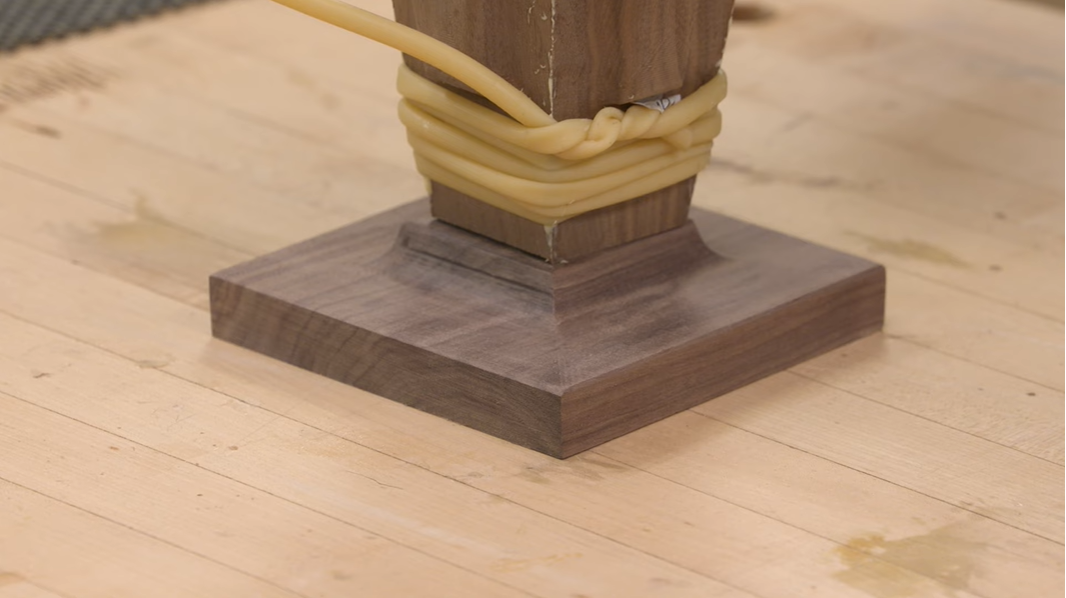
When designing ornate wooden vases, I think it’s best to divide the project into a vessel up top and a supporting base below. The base can be simple and understated or a total glam-fest – your choice. I opted for simplicity with the project vase as there is plenty of action happening with the upper vessel.
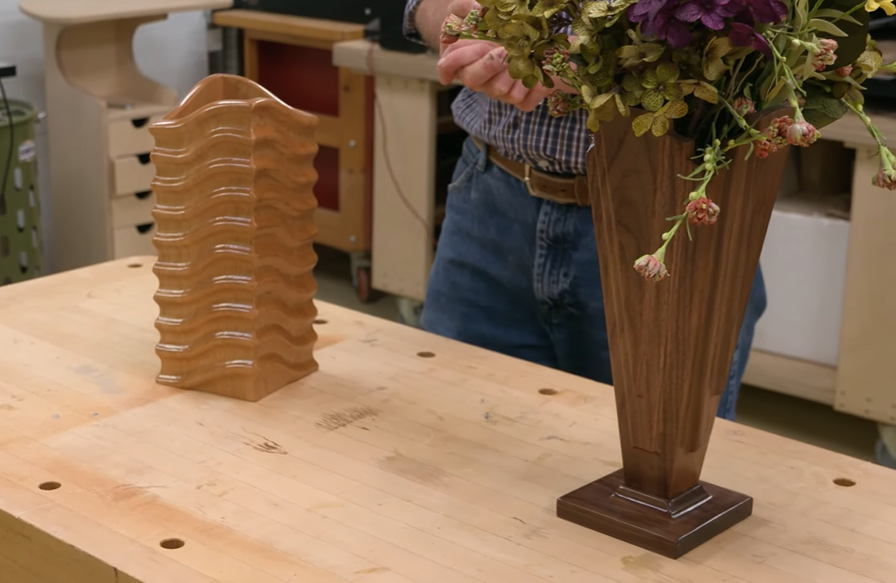
While this episode's project is a vase the techniques can also be used to make candle stands, waste baskets, boxes and more – and be sure to give the “shell function” a try!




